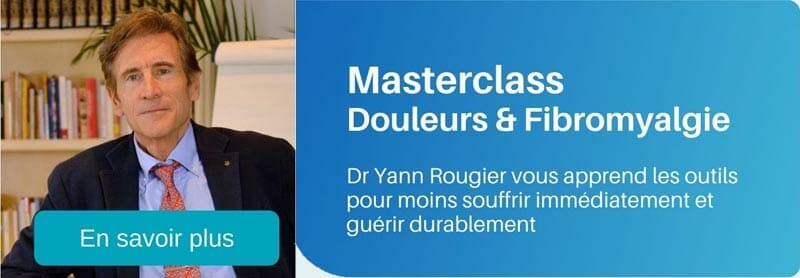Say ‘goodbye’ to the reading glasses
More and more people have their eyes lasered to get rid of prescription glasses. Until now, there was no other solution to the problem of ‘reading glasses’ than, indeed, those reading glasses. This is about to change!
You probably recognize it: newspapers are becoming increasingly difficult to read and you have to keep your mobile phone further and further away to read the messages. There is no saving up: you can only see well again with reading glasses on your nose.
Ability to focus
But there are new treatments that correct presbyopia. This makes reading glasses, and any glasses to see well at a distance, superfluous.
The lens of our eyes gets stiffer as we age. As a result, they lose the ability to focus, and we are increasingly unable to see things sharply at close range. This phenomenon starts around the age of 40 and is called presbyopia. To be able to read properly, we must correct the eyes with reading glasses.
If you are short-sighted, and therefore already have glasses to see well at a distance, presbyopia usually means the choice between multifocal glasses or two separate glasses.
New treatment methods
Those who no longer want glasses or contact lenses can consider the new presbyopia treatment methods. The uniqueness of these treatments is that they permanently improve the reading ability, while the distance vision remains optimal.
Laser treatment Intracor
The newest form of treatment is Intracor. This so-called ‘intratromal femtosecond laser treatment’ is CE approved and is already being used in many German academic centers and leading clinics. Intrastromal means that the treatment takes place below the surface of the cornea. No wound or flap is made in the eye, so there is no contact with ‘outside’. As a result, there is no pain, no risk of infection and recovery takes only one day.
The treatment makes reading possible again. The distance vision does not change or even improves a bit! That makes this method very suitable for people in their late 40s and 50s, who see well at a distance, and only need reading glasses.Lens Implantation Prelex (Presbyopic Lens Exchange)
With Prelex, the own eye lens is removed and replaced by the Crystalens. This accommodative intraocular (IO) lens is CE and FDA (USA) approved and is already widely used worldwide. This Prelex method is suitable for people over 55 who, in addition to reading glasses, also have a distance correction.
The Crystalens has special properties. This lens follows the movements of the natural eye muscle and corrects the near distance, the intermediate distance (newspaper, computer) and the distance very well. Another advantage: because the lens is not multifocal, but ‘moves’ in the eye like the own lens used to do, the quality of vision is very natural.
Supplement to existing laser treatments
These new treatment methods are an addition to the existing laser treatments. The Femtolasik treatment is the laser eye treatment, which nowadays treats most eye disorders.
A flap is made in the cornea using state-of-the-art laser technology, so that more than 95 percent of all strengths at once reach zero with a vision of 100 percent or more. The Lasek/PRK treatment is intended for people with a cornea that is too thin, or another corneal abnormality that makes Femtolasik treatment impossible.
Even with these ‘normal’ Femtolasik and PRK laser treatments with new reading addition, it is possible to improve the reading possibilities of people over 50, although the dependence on reading glasses will not disappear completely.
Are there any risks?
Every medical act carries risks. That is why a thorough preliminary examination and aftercare by a professional ophthalmologist is necessary. However, the risks of complications with refractive eye surgery appear to be small and can almost always be treated successfully. With good before and after care, expert ophthalmologists and good equipment, the risks are no greater than those of wearing contact lenses or glasses.
Are the treatments reimbursed?
If, in addition to reading correction, you also have cataracts, some insurers will reimburse (part of) the treatment. For more information about possible reimbursement, it is best to contact your health insurer.















